30++ What created the shift between hellenistic art and classical start ideas in 2021
Home » Wallpapers » 30++ What created the shift between hellenistic art and classical start ideas in 2021Your What created the shift between hellenistic art and classical start images are available. What created the shift between hellenistic art and classical start are a topic that is being searched for and liked by netizens now. You can Find and Download the What created the shift between hellenistic art and classical start files here. Find and Download all free images.
If you’re looking for what created the shift between hellenistic art and classical start images information connected with to the what created the shift between hellenistic art and classical start interest, you have pay a visit to the ideal blog. Our site frequently provides you with suggestions for downloading the maximum quality video and picture content, please kindly surf and locate more enlightening video articles and graphics that fit your interests.
What Created The Shift Between Hellenistic Art And Classical Start. The Hellenistic art form had a dramatic transformation from the classic art. The historical period of Greek art starts at the conclusion of the Dark Age around 900 BC. Even though Greeks had been making art for almost 2000. The conquests of Alexander the Great caused power to shift from the city-states of Greece to the ruling dynasties.
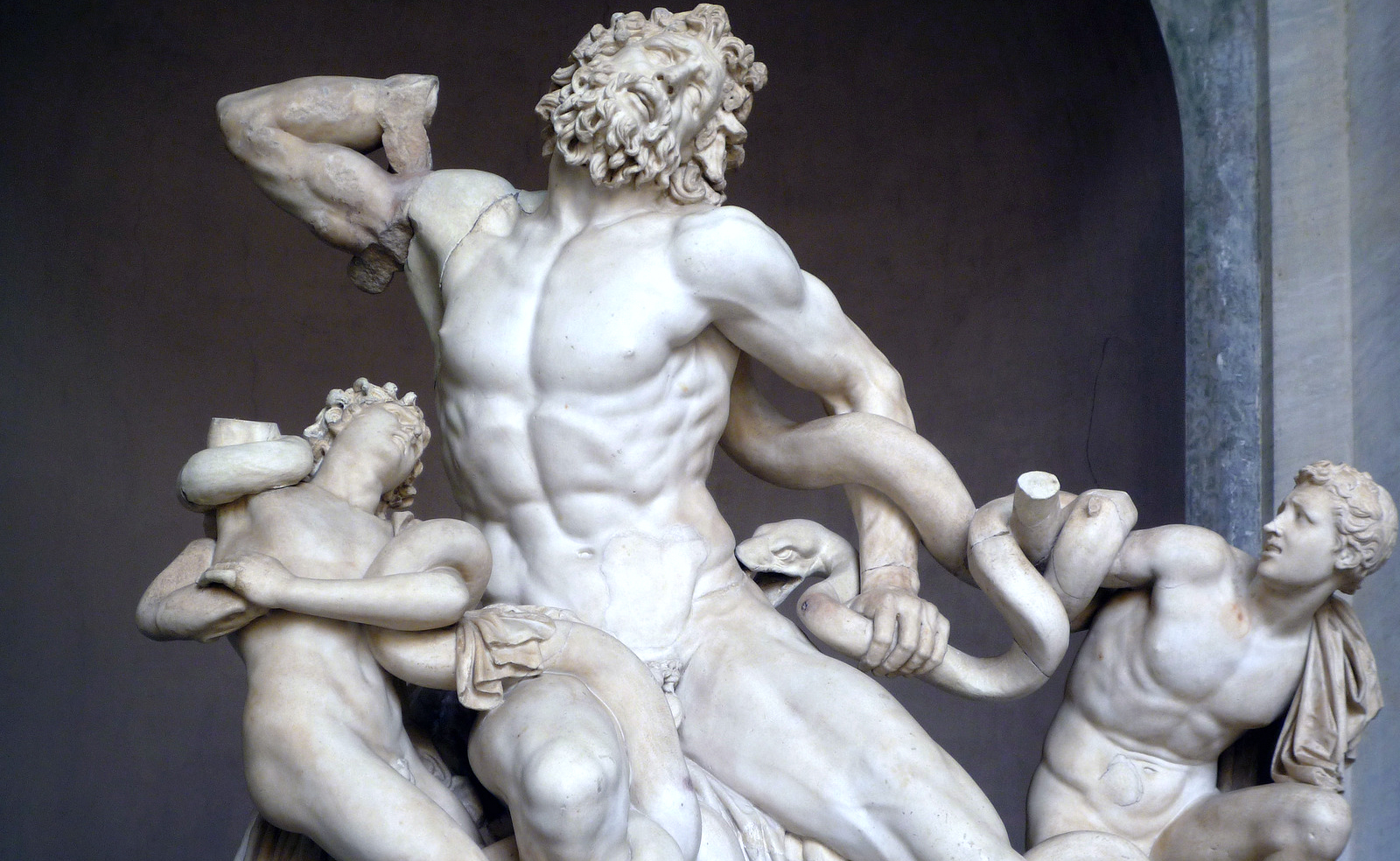 Introduction To Ancient Greek Art Article Khan Academy From khanacademy.org
Introduction To Ancient Greek Art Article Khan Academy From khanacademy.org
The piece of architecture that is from the Hellenic period is the Parthenon. What created the shift between hellenistic art and classical start. Between 334 and 323 BC Alexander the Great and his armies conquered much of the known world creating an empire that stretched from Greece and Asia Minor through Egypt and the Persian empire in the Near East to India. Classical sculptures are known for being less detailed more stagnant. Hellenistic focused on individual emotion and were melodramatic in their sculptures. Even though Greeks had been making art for almost 2000.
Gods to mortals Classical Greece.
Not only does Hellenistic art show gods and goddesses as more human than they previously had they also show more emotion in each piece and have larger. This period ends in 31 BC with the conquest of the last Hellenistic kingdom by Rome Simonin. The conquests of Alexander the Great caused power to shift from the city-states of Greece to the ruling dynasties. Built in 447 BCE it was finished in 432 BCE. The massive size and beauty was meant to show the world the dominance and power of Athens. The art movement of this time period is mostly expressed through sculpture which was more skillfully.
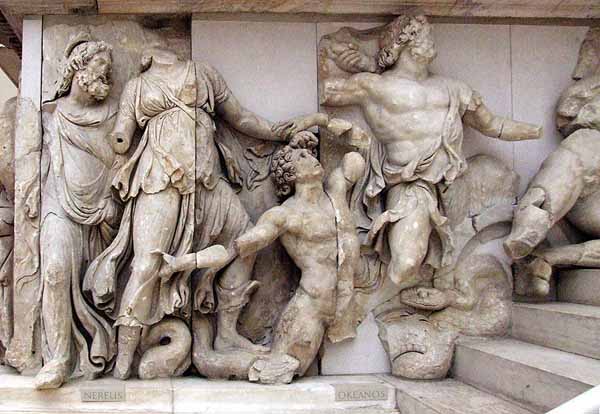 Source: worldhistory.us
Source: worldhistory.us
During the Hellenistic period art underwent dramatic transformations and evolved on the road paved previously by the Classical artist. Not only does Hellenistic art show gods and goddesses as more human than they previously had they also show more emotion in each piece and have larger. The universal emotionless and often rigid poses of the Archaic eventually gave way to the idealized beauty and blossoming realism of Classical before the distinct naturalism emotion and dynamism of Hellenistic sculpture fully developed. Hellenistic seek an individual Classical Greeks emphasized gods. The classical art form originated well ahead of the Hellenistic period.
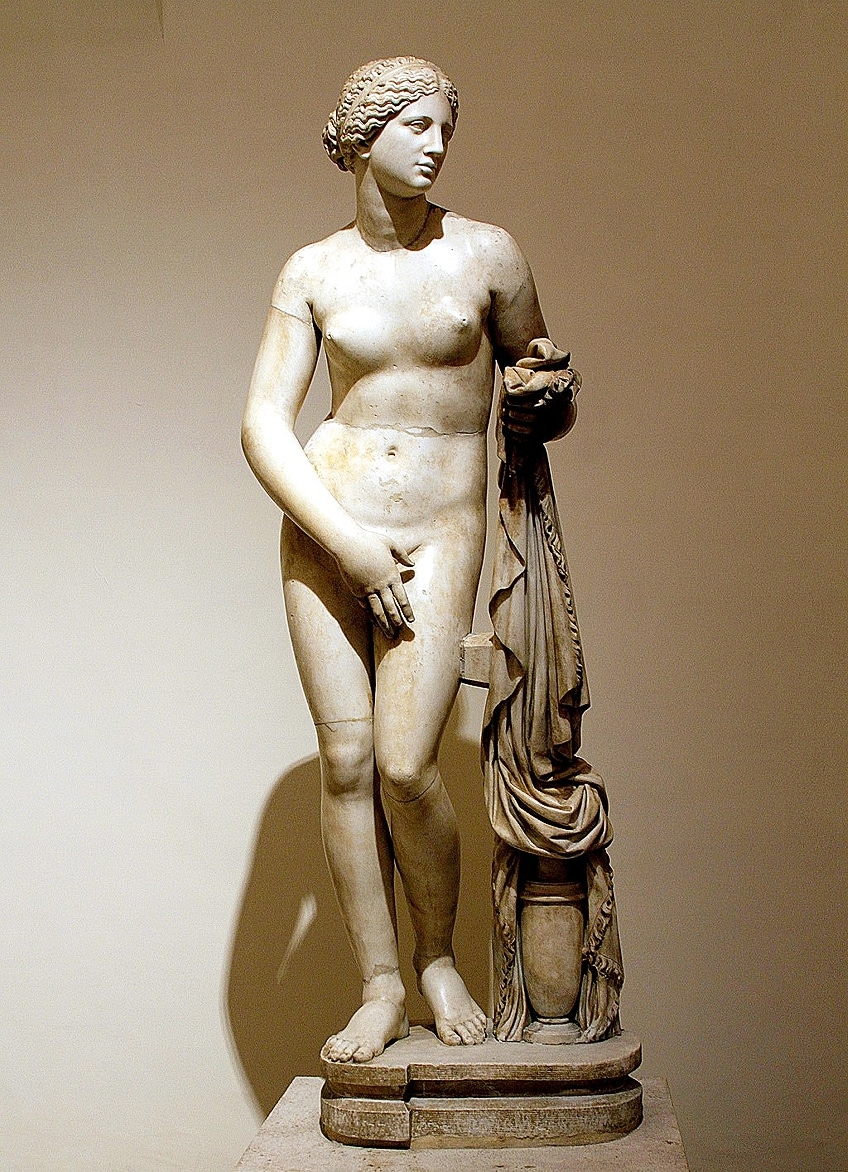 Source: artincontext.org
Source: artincontext.org
During the Hellenistic period art underwent dramatic transformations and evolved on the road paved previously by the Classical artist. Hellenistic focused on individual emotion and were melodramatic in their sculptures. The historical period of Greek art starts at the conclusion of the Dark Age around 900 BC. The Hellenistic art had borrowed many concepts from the classical art forms. Hellenistic arts about human anatomy are more real in that it shows the activities of the body and how it moved.
 Source: britannica.com
Source: britannica.com
The Hellenistic period begins when the Classical period ends in 323 BC. This unprecedented contact with cultures far and wide disseminated Greek culture and its arts and exposed Greek artistic styles to a host of new exotic influences. The Hellenistic Era was a period of Ancient Greece characterized by the expansion of Greek culture across the Mediterranean and the challenging of Classical. The universal emotionless and often rigid poses of the Archaic eventually gave way to the idealized beauty and blossoming realism of Classical before the distinct naturalism emotion and dynamism of Hellenistic sculpture fully developed. The motif of deceptively realistic naturalism in art aletheia is reflected in stories such as that of the painter Zeuxis who was said to have painted grapes that seemed so real that birds came and pecked at them.

Hellenistic focused on individual emotion and were melodramatic in their sculptures. While the Classical Greek concepts were not entirely abandoned the artist of the Hellenistic era expanded his formal horizons with dramatic posing sweeping lines and high contrast of light shadow and emotions. The Parthenon sits atop the acropolis in Athens Greece. Hellenistic arts about human anatomy are more real in that it shows the activities of the body and how it moved. The Hellenistic art had borrowed many concepts from the classical art forms.
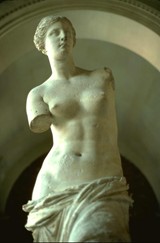 Source: visual-arts-cork.com
Source: visual-arts-cork.com
The Hellenistic Era was a period of Ancient Greece characterized by the expansion of Greek culture across the Mediterranean and the challenging of Classical. The first notable difference between Hellenistic and classical arts is on how the two go about the displaying of their art collections. The Hellenistic period begins when the Classical period ends in 323 BC. The piece of architecture that is from the Hellenic period is the Parthenon. Between 334 and 323 BC Alexander the Great and his armies conquered much of the known world creating an empire that stretched from Greece and Asia Minor through Egypt and the Persian empire in the Near East to India.
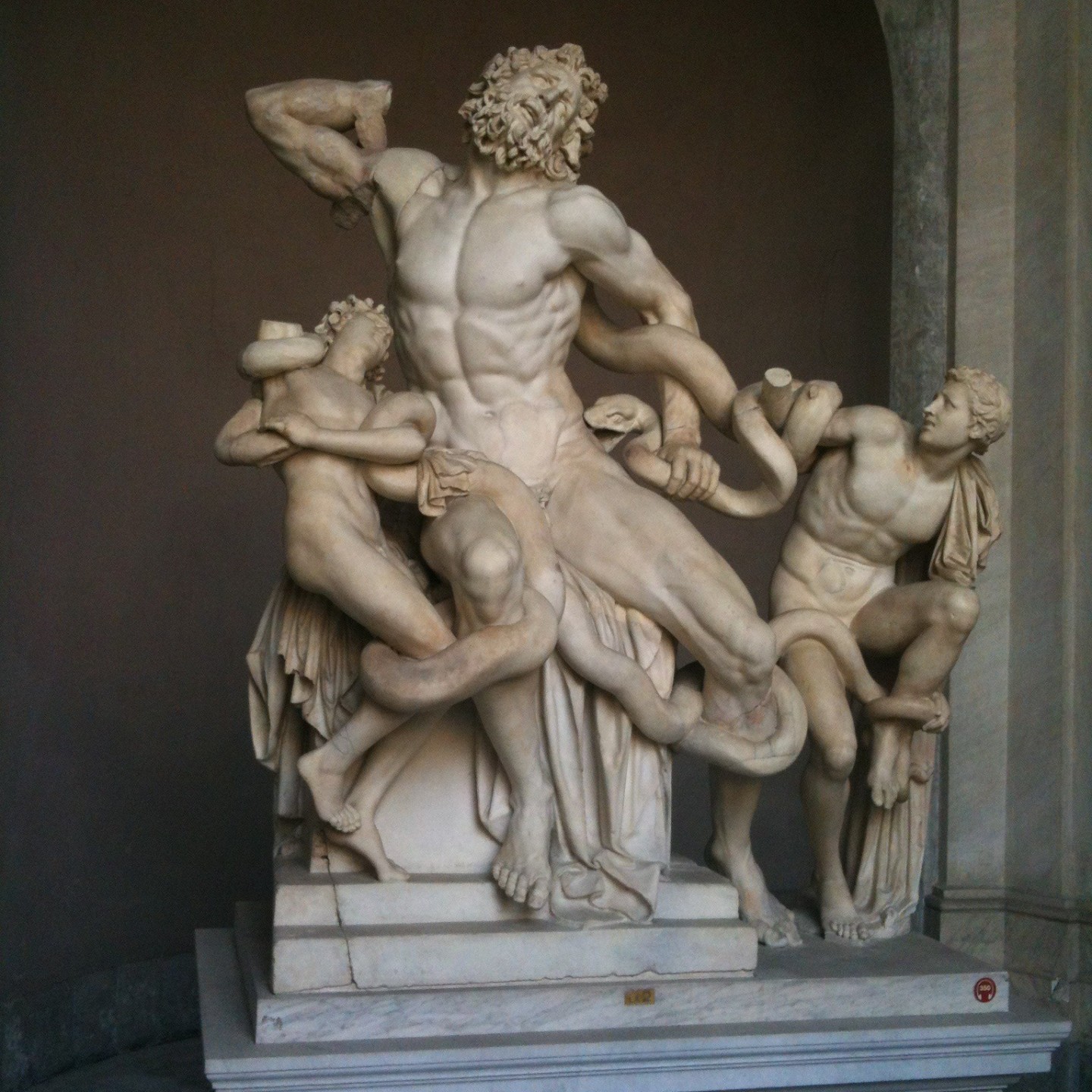 Source: loveofhistory.com
Source: loveofhistory.com
The Hellenistic period in both history and in art refers to the era of the conquests of Alexander the Great and the subsequent spreading of Greek culture throughout the major cities and nations of Southern Europe the Mediterranean and Near East. The massive size and beauty was meant to show the world the dominance and power of Athens. This period ends in 31 BC with the conquest of the last Hellenistic kingdom by Rome Simonin. What created the shift between hellenistic art and classical start. The historical period of Greek art starts at the conclusion of the Dark Age around 900 BC.

During the Hellenistic period art underwent dramatic transformations and evolved on the road paved previously by the Classical artist. The conquests of Alexander the Great caused power to shift from the city-states of Greece to the ruling dynasties. This unprecedented contact with cultures far and wide disseminated Greek culture and its arts and exposed Greek artistic styles to a host of new exotic influences. Classical sculptures are known for being less detailed more stagnant. The beautiful and expensive display of cut cubes tesserae of stone or glass into a stylized frame was more elaborate than what was previously displayed in Greek art.
Source: artsandculture.google.com
The art movement of this time period is mostly expressed through sculpture which was more skillfully. Hellenistic focused on individual emotion and were melodramatic in their sculptures. Hellenistic seek an individual Classical Greeks emphasized gods. The motif of deceptively realistic naturalism in art aletheia is reflected in stories such as that of the painter Zeuxis who was said to have painted grapes that seemed so real that birds came and pecked at them. The Hellenistic period lasted from 323 BC.
 Source: courses.lumenlearning.com
Source: courses.lumenlearning.com
While the Classical Greek concepts were not entirely abandoned the artist of the Hellenistic era expanded his formal horizons with dramatic posing sweeping lines and high contrast of light shadow and emotions. Classical sculptures are known for being less detailed more stagnant. Alexander the Great built an empire that stretched from Greece all the way to India and his campaign changed the world. Hellenistic sculptures are known for being more. The first notable difference between Hellenistic and classical arts is on how the two go about the displaying of their art collections.
 Source: khanacademy.org
Source: khanacademy.org
The massive size and beauty was meant to show the world the dominance and power of Athens. During the Hellenistic period art underwent dramatic transformations and evolved on the road paved previously by the Classical artist. The massive size and beauty was meant to show the world the dominance and power of Athens. Classical sculptures are known for being less detailed more stagnant. The Parthenon sits atop the acropolis in Athens Greece.
 Source: pinterest.com
Source: pinterest.com
The Hellenistic period lasted from 323 BC. Architecture in the Greek world during the Hellenistic period developed theatrical tendencies as had Hellenistic sculpture. The Hellenistic period lasted from 323 BC. Even though Greeks had been making art for almost 2000. The beautiful and expensive display of cut cubes tesserae of stone or glass into a stylized frame was more elaborate than what was previously displayed in Greek art.
Source: artsandculture.google.com
While the Classical Greek concepts were not entirely abandoned the artist of the Hellenistic era expanded his formal horizons with dramatic posing sweeping lines and high contrast of light shadow and emotions. Hellenistic arts about human anatomy are more real in that it shows the activities of the body and how it moved. Gods to mortals Classical Greece. The Hellenistic period began in 323 BC with the death of Alexander the Great and ended with the battle of Actio in 31 BC. This unprecedented contact with cultures far and wide disseminated Greek culture and its arts and exposed Greek artistic styles to a host of new exotic influences.
 Source: ar.pinterest.com
Source: ar.pinterest.com
The universal emotionless and often rigid poses of the Archaic eventually gave way to the idealized beauty and blossoming realism of Classical before the distinct naturalism emotion and dynamism of Hellenistic sculpture fully developed. The Parthenon sits atop the acropolis in Athens Greece. The first notable difference between Hellenistic and classical arts is on how the two go about the displaying of their art collections. Built in 447 BCE it was finished in 432 BCE. The motif of deceptively realistic naturalism in art aletheia is reflected in stories such as that of the painter Zeuxis who was said to have painted grapes that seemed so real that birds came and pecked at them.
 Source: pinterest.com
Source: pinterest.com
The Hellenistic period lasted from 323 BC. Built in 447 BCE it was finished in 432 BCE. This period ends in 31 BC with the conquest of the last Hellenistic kingdom by Rome Simonin. Even though Greeks had been making art for almost 2000. Not only does Hellenistic art show gods and goddesses as more human than they previously had they also show more emotion in each piece and have larger.
 Source: courses.lumenlearning.com
Source: courses.lumenlearning.com
The beautiful and expensive display of cut cubes tesserae of stone or glass into a stylized frame was more elaborate than what was previously displayed in Greek art. The classical art form originated well ahead of the Hellenistic period. Quality that evokes pity or sadness. The art movement of this time period is mostly expressed through sculpture which was more skillfully. Hellenistic Greek Mosaics By Jordan Wolfe The Hellenistic period is a time of great development for the artistic invention of mosaics as well as the prosperity of the Greek people.
 Source: pinterest.com
Source: pinterest.com
While the Classical Greek concepts were not entirely abandoned the artist of the Hellenistic era expanded his formal horizons with dramatic posing sweeping lines and high contrast of light shadow and emotions. The Hellenistic Era was a period of Ancient Greece characterized by the expansion of Greek culture across the Mediterranean and the challenging of Classical. The historical period of Greek art starts at the conclusion of the Dark Age around 900 BC. Hellenistic sculptures are known for being more. Hellenistic arts about human anatomy are more real in that it shows the activities of the body and how it moved.
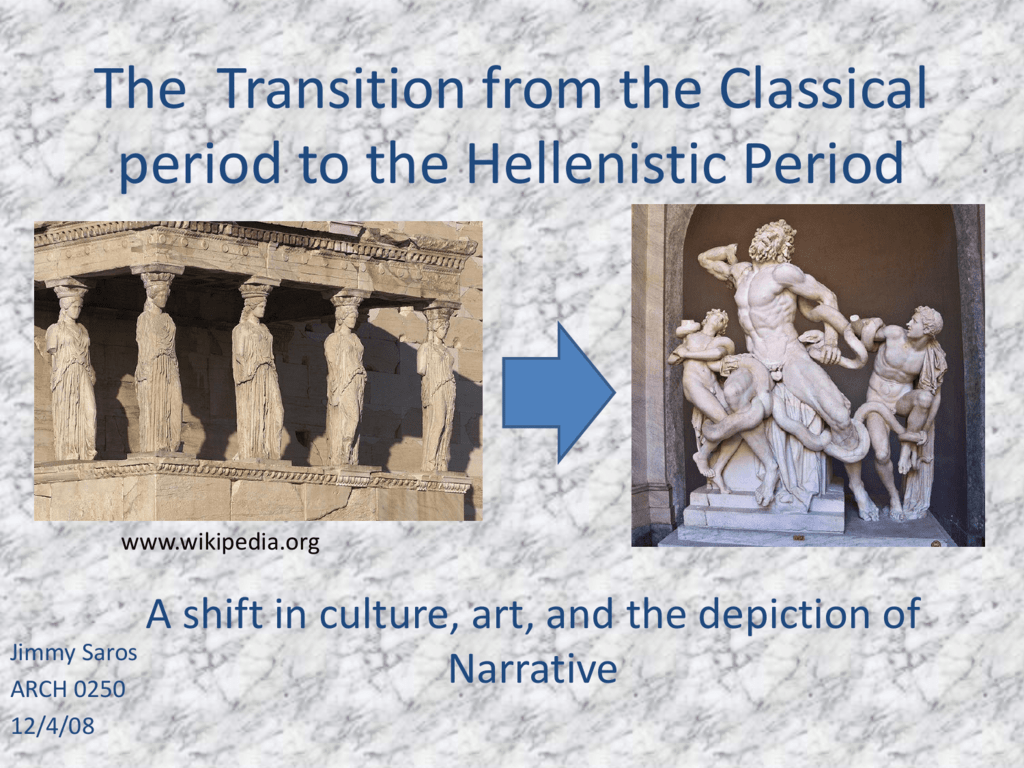 Source: studylib.net
Source: studylib.net
While the Classical Greek concepts were not entirely abandoned the artist of the Hellenistic era expanded his formal horizons with dramatic posing sweeping lines and high contrast of light shadow and emotions. Hellenistic focused on individual emotion and were melodramatic in their sculptures. The Classical art started taking steps towards humanizing their deities as seen in Nike Adjusting Her Sandal but the Hellenistic artwork takes it a step further and really shows them with more humanistic traits as seen in Sleeping Eros. Hellenistic seek an individual Classical Greeks emphasized gods. Quality that evokes pity or sadness.
 Source: pinterest.com
Source: pinterest.com
The first notable difference between Hellenistic and classical arts is on how the two go about the displaying of their art collections. The Hellenistic art form had a dramatic transformation from the classic art. What created the shift between hellenistic art and classical start. Between 334 and 323 BC Alexander the Great and his armies conquered much of the known world creating an empire that stretched from Greece and Asia Minor through Egypt and the Persian empire in the Near East to India. The motif of deceptively realistic naturalism in art aletheia is reflected in stories such as that of the painter Zeuxis who was said to have painted grapes that seemed so real that birds came and pecked at them.
This site is an open community for users to do sharing their favorite wallpapers on the internet, all images or pictures in this website are for personal wallpaper use only, it is stricly prohibited to use this wallpaper for commercial purposes, if you are the author and find this image is shared without your permission, please kindly raise a DMCA report to Us.
If you find this site serviceableness, please support us by sharing this posts to your favorite social media accounts like Facebook, Instagram and so on or you can also bookmark this blog page with the title what created the shift between hellenistic art and classical start by using Ctrl + D for devices a laptop with a Windows operating system or Command + D for laptops with an Apple operating system. If you use a smartphone, you can also use the drawer menu of the browser you are using. Whether it’s a Windows, Mac, iOS or Android operating system, you will still be able to bookmark this website.
Category
Related By Category
- 32++ Puffle coloring pages ideas
- 21++ Ethan coloring pages information
- 23+ Warrior princess coloring pages ideas
- 30+ Christmas ninja turtles coloring pages ideas
- 25+ Pokemon coloring pages gallade ideas in 2021
- 39+ The meaning of classical in art info
- 28+ Hanzo coloring page information
- 32++ What was the primary focus of much classical art ideas in 2021
- 12++ Coconut tree coloring page ideas
- 18++ Camelot coloring pages ideas in 2021